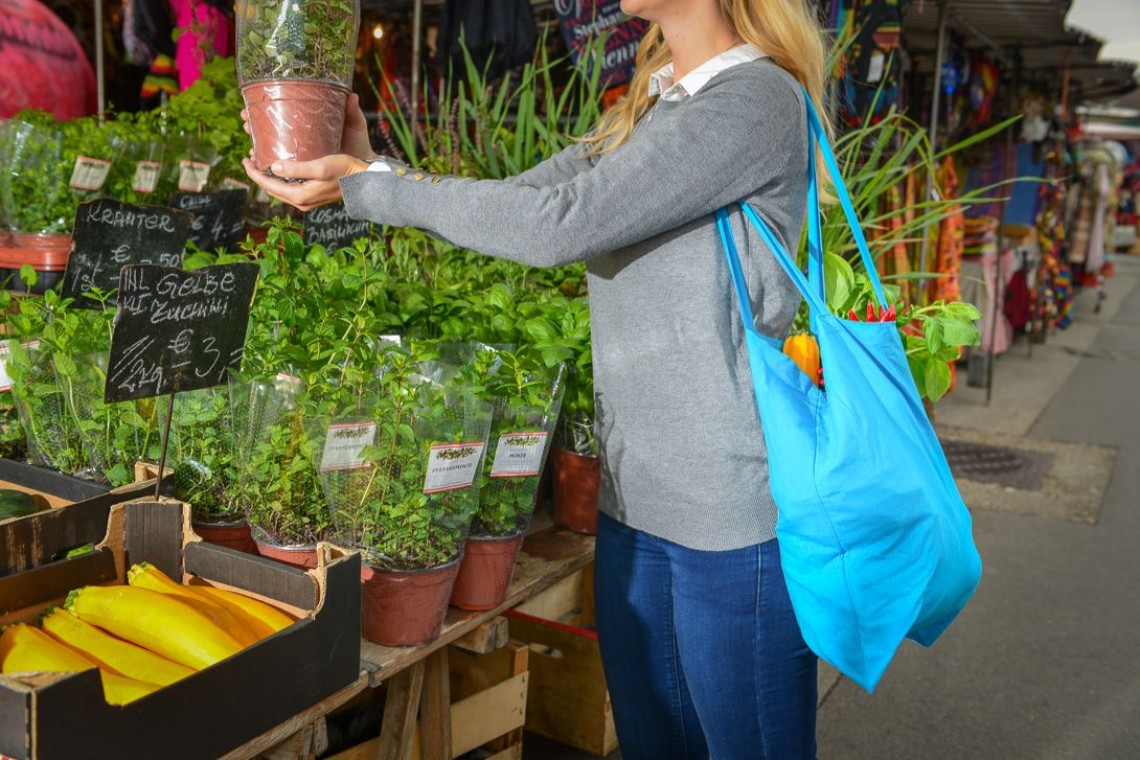What can each of us do?
It is very simple to do without certain plastic products, in particular without single-use products. In doing so, each of us can make a valuable contribution to a clean Environment.

Synthetic materials (commonly called “plastics”) are present everywhere in our daily life. They are visible in objects of everyday life like electrical and electronic equipment, vehicles, kitchen appliances etc. or in the form of packaging. Invisible plastics (microplastics) are contained for example in toothpastes, shower gels or cleaning agents. Microplastics are also generated through the use of certain items, for example through tyre abrasion while driving or through the washing of clothes made of synthetic materials, like fleece jackets or functional underwear.
look for alternatives
In some areas, like medicine, the great progress we have made would have been impossible without the use of synthetic materials. However, where alternatives are available we should avoid plastics wherever possible. One simple and sustainable alternative is to choose reusable packaging:
- Beverages in reusable glass bottles or, even better, drink tap water
- Reusable shopping bags or shopping baskets
- Shopping trolleys (for heavy things)
- Reusable mesh bags for fruit/vegetables (already offered in shops)
- Refillable containers of cleaning agents, detergents etc.
Other possibilities
- Buying in shops instead of online ordering
- Cosmetics and cleaning agents not containing microplastics (agents bearing the Austrian, German or European ecolabel do not contain microplastics)
- Plastic-free wet wipes
- Storage containers made of glass for food
- Cooking spoons and other cooking utensils made of wood
- Toys made of wood or cardboard
- Enjoy your coffee at home or at a coffeehouse instead of coffee-to-go, or coffee-to-go with reusable cup
- Choose clothes made of natural fabrics
- Pass on children’s clothes, toys (e.g. via exchange services)
- Rent sports equipment instead of buying it, especially for children
And also using items containing plastics for a longer period reduces the volume of plastic waste.
There are many more possibilities of reducing plastic waste than we may think. Here, too, each individual step counts!
Where to go with the plastic waste?
Never dump plastic waste in open nature or in water bodies! Technically, this is called “littering”. Where plastic waste is not disposed of properly, it causes enormous and long-term damage to the environment, to animals and, ultimately, to humans.
Austria has an area-wide and tight collection system for plastic waste, but this cannot be taken for granted all over the world. Plastic bottles and plastic packaging should be put in the yellow container or the yellow bag. As plastic waste collection is organised differently in Austria’s regions, please ask at your municipal office or your waste association how plastic waste is collected in your environment.